Related Research Articles
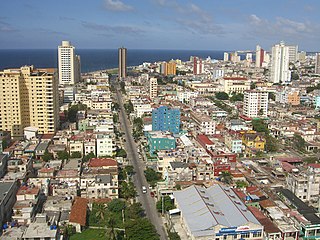
Havana is the capital and largest city of Cuba. The heart of the La Habana Province, Havana is the country's main port and commercial center. It is the most populous city, the largest by area, and the second largest metropolitan area in the Caribbean region. The population in 2002 was 2,137,847 inhabitants, and its area is 728.26 km2 (281.18 sq mi) for the capital city side and 8,475.57 km2 for the metropolitan zone.

Guillermo Cabrera Infante was a Cuban novelist, essayist, translator, screenwriter, and critic; in the 1950s he used the pseudonym G. Caín, and used Guillermo Cain for the screenplay of the cult classic film Vanishing Point (1971).

The Almendares River is a river that runs for 47 km in the western part of Cuba. It originates from the east of Tapaste and flows north-west into the Straits of Florida. The river acts as a water supply for Havana.
Modesto Francisco Fernández Díaz-Silveira is a Cuban government official that travels often around the world talking about the environment.
Juan Carlos Alom is a Cuban photographer. Alom is a photographer, documentary and experimental filmmaker. His artistic career started in the 1990s in Havana.
Eliseo Valdés Erustes is a Cuban artist specializing in sculpture, painting, and drawing.
Rubén Torres Llorca is a Cuban artist specializing in painting, drawing, sculpture, collages, and photography. He studied from 1972 to 1976 at the Escuela Nacional de Bellas Artes "San Alejandro" in Havana and from 1976 to 1981, studied at the Instituto Superior de Arte (ISA), also in Havana. Torres resided in Mexico City, Mexico, from 1990 to 1993 and has resided in Miami, Florida, since 1993.
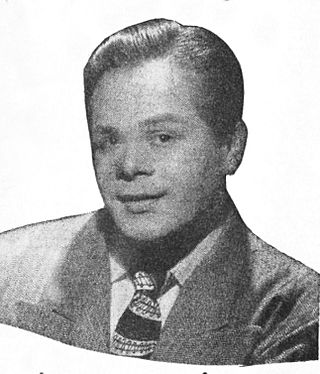
Miguelito Valdés, also known as Mr. Babalú, was a renowned Cuban singer. His performances were characterized by a strong voice and a particular sense of cubanismo.
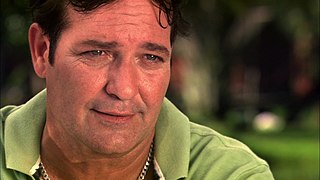
Jorge Perugorría Rodríguez is a Cuban actor, film director and painter. He is well known for his part as Diego in Strawberry and Chocolate (original title in Spanish Fresa y chocolate. He recently acted in Steven Soderbergh's Che, with Benicio del Toro and in the original Netflix series Four Seasons in Havana. He lives in Santa Fe, a neighborhood on the outskirts of Havana, with his wife Elsa Maria Fuentes de La Paz and their four children.
Dr. Mario Coyula Cowley was a Cuban architect and architectural historian. He was an authority on the history and preservation of Havana. Cowley was born in Havana on June 16, 1935, and died in Havana on July 7, 2014, age 79.
The following is a timeline of the history of Havana, Cuba.
Felicia Chateloin is a Cuban architect specialized in conservation and rehabilitation of built patrimony and in urban historic preservation.
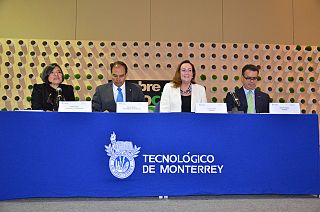
Instituto Global para la Sostenibilidad is a globally and environmentally focused organization founded by María Isabel Studer Noguez at the Tec de Monterrey, Mexico City Campus in collaboration with Arizona State University (ASU). It was founded as an extension of the ASU's Global Institute for Sustainability as an extension, the first and only one of its kind in Latin America. The institute holds and sponsors research, educational events and program and activism on its own and in collaboration with business, educational and governmental agencies.

The Sociedad Económica de los Amigos del País de la Habana or Real Sociedad Patriótica de la Habana is a learned society in Havana, Cuba. It was initially organized to promote agriculture, commerce, education, and industry, modelled on the Sociedad Económica de los Amigos del País in Spain. Founding members included Diego de la Barrera, Francisco Joseph Basabe, José Agustín Caballero, Luis de Las Casas, Juan Manuel O'Farrill, Tomás Romay y Luis Peñalver, and Antonio Robledo. In its early decades the group produced publications, maintained a library in the Convento de Santo Domingo (1800-1844), and arranged educational programs. Around the 1790s the group built the Hospicio o Casa de Beneficencia in Havana.

Cayo Hueso is a consejo popular (ward) in the municipality of Centro Habana, Havana, Cuba. A traditionally working-class neighborhood populated by Afro-Cubans, it is known for its many cultural landmarks such as the Callejón de Hamel, the Fragua Martiana Museum and the Parque de los Mártires Universitarios.

Aymée Regla Nuviola Suárez is a Cuban singer, pianist, composer and actress, nicknamed "La Sonera del Mundo". She is also known for having played Celia Cruz in the Colombian telenovela Celia.

Barrio de San Lázaro is one of the first neighbourhoods in Havana, Cuba. It initially occupied the area bounded by Calle Infanta to the west, Calle Zanja to the south, Calle Belascoáin to the east, and the Gulf of Mexico to the north, forming the western edge of Centro Habana. According to the 1855 Ordenanzas Municipales of the city of Havana, Barrio San Lázaro was the Tercer Distrito and was Barrio No. 8.
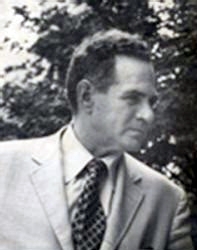
Mario Romañach (1917–1984) was a Cuban modernist architect, planner, and university professor.
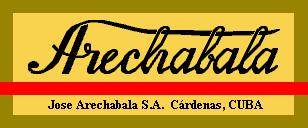
José Arechabala S.A. was one of the Cuban conglomerates within the sugar and alcoholic beverages industries. Headquartered in Cárdenas, Matanzas, it is known for Havana Club rum from 1934 until 1960.

The Antonio Maceo monument is a 1916 bronze statue by the Italian sculptor Doménico Boni located in the neighborhood of San Lázaro, between Malecón and the Hermanos Ameijeiras Hospital.
References
- 1 2 3 (in Spanish) Article about the group on encaribe.org [usurped]
- ↑ Charles Rutheiser (2000). "Capitalizing on Havana: The Return of the Repressed in a Late Socialist City". In Gary Bridge; Sophie Watson (eds.). A Companion to the City. Blackwell. ISBN 9781782688150.
- ↑ Miren Uriarte (2002), Cuba, Social Policy at a Crossroads: Maintaining Priorities, Transforming Practice (PDF), Boston: Oxfam America
- ↑ Armando Chaguaceda (2011). "The Promise Besieged: Participation and Autonomy in Cuba". NACLA Report on the Americas. 44 (4: Cuba). North American Congress on Latin America.
- ↑ Isabelle Anguelovski (2014). Neighborhood as Refuge: Community Reconstruction, Place Remaking, and Environmental Justice in the City. MIT Press. ISBN 978-0-262-52569-5.